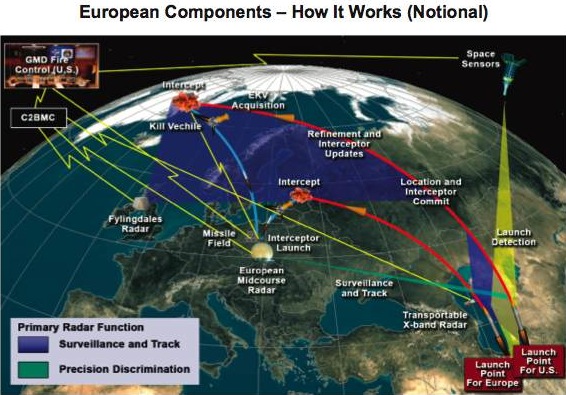Russia now has Nuclear Missiles in Cuba
August 2, 2012
By PAUL J. WATSON | INFOWARS.com | AUGUST 2, 2012
A report out of Pravda quotes President Vladimir Putin as saying that Russia has moved strategic nuclear missiles to Cuba in response to the United States’ continuing efforts to encircle Russia in Eastern Europe.
The article, written by Lyuba Lulko, explains how Russia is reviving its military operations in Vietnam, Cuba and the Seychelles.
In October 2001, President Vladimir Putin announced that the Lourdes radio-electronic center on the island had been shut down as a “gift” to President George W. Bush on the basis of promises given by Bush that the U.S. missile defense system will never be deployed in Eastern Europe.
However, with the missile defense system under the auspices of NATO now reaching “interim operational capability” in Europe at the end of May, that promise has been shattered.
“The Russian Federation has fulfilled all terms of the agreement. And even more. I shut down not only the Cuban Lourdes but also Kamran in Vietnam. I shut them down because I gave my word of honor. I, like a man, has kept my word. What have the Americans done? The Americans are not responsible for their own words. It is no secret that in recent years, the U.S. created a buffer zone around Russia, involving in this process not only the countries of Central Europe, but also the Baltic states, Ukraine and the Caucasus. The only response to this could be an asymmetric expansion of the Russian military presence abroad, particularly in Cuba,” the report quotes Putin as saying.
Read Full Article →
